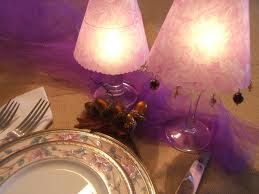In photography, there are numerous ways in which photographers can arrange their
photography lights to get the best effect on the image. A well-arranged lighting system can enhance an image, and make it stand out, while badly placed lighting can obscure this issue or still-life, and make them look unnatural. While many professional photographers will use a single-light to acquire a dramatic and well-crafted shot, for the majority of amateur or student cameramen, it's a better idea to find out the principles behind lighting arrangements, and use these methods to take photographs until they may be completely familiar with the way that light works with the camera. Knowing the basics will help you to take better photographs, and feel well informed with the camera at hand.
1) Three-point lighting Perhaps just about the most basic forms of lighting is referred to as 'three point'. It is a common technique of illumination used throughout the film industry, and it is even utilized in creating computer images. The main involves a triangle of lights, all of them focused upon precisely the same spot. The lights come at the subject or object from different angles, and thus create different effects. With the indoor scene, this three-point effect involves using a main or key light, a fill light, and a back light. The main element light is positioned in front of the subject, the fill light is placed at the side (and quite often at a lower reason for order to steer clear of the top of the object), and then the back light is positioned slightly behind this issue, usually shining about the opposite side to the fill light. The three-point lighting method really helps to create a unique outline of the object or person being photographed, helping them to stand out from backgrounds and other objects inside the room. The basic intention behind this form of lights are to soften the cruel impact in the key light.
2) Four Point Lights The next step, once three-points have already been mastered, is to add another light on to the subject. Called the background light, that is placed very high above the subject, and also to the rear with the studio setting. This type of lighting is rarely used with still-life, but sometimes sometimes be used in combination with portraits to offset shadows that have been cast with the key light, or by other objects in the room. It is also beneficial in highlighting the history, if that is worth addressing. In addition to these elements, professional photographers believe that it helps to provide a 3-D impression of the image, instead of the 2-D impression which three-point lighting can sometimes cause.
3) Spotlights When the object to be photographed is much smaller than usual, or is a still-life object including jewelry, this can be a wise decision to use direct spotlights, as opposed to the classic triangle or square formations. Even though the diffusion of light provided in three-point lighting is ideal for taking photographs, and four-point helps to create more natural-looking images, in product photography, it really is more important to the image to be presented in a strong light. A spotlight generates a shine with high-intensity lighting and a much sharper appearance. Additionally, it increases the depth and shape of the image, enhancing its appearance. Some professional food photographers use multiple spotlight in order to enhance the lighting from all of sides with the object. For continuous lighting, along with lighting kits, visit
www.thelashop.com today.























